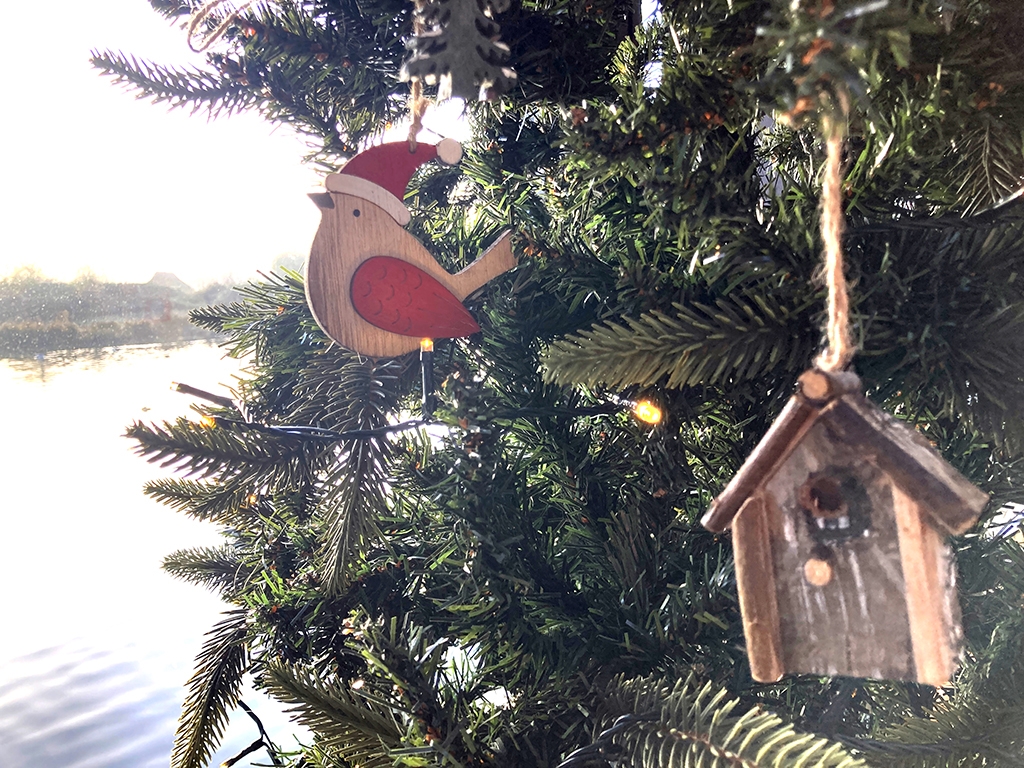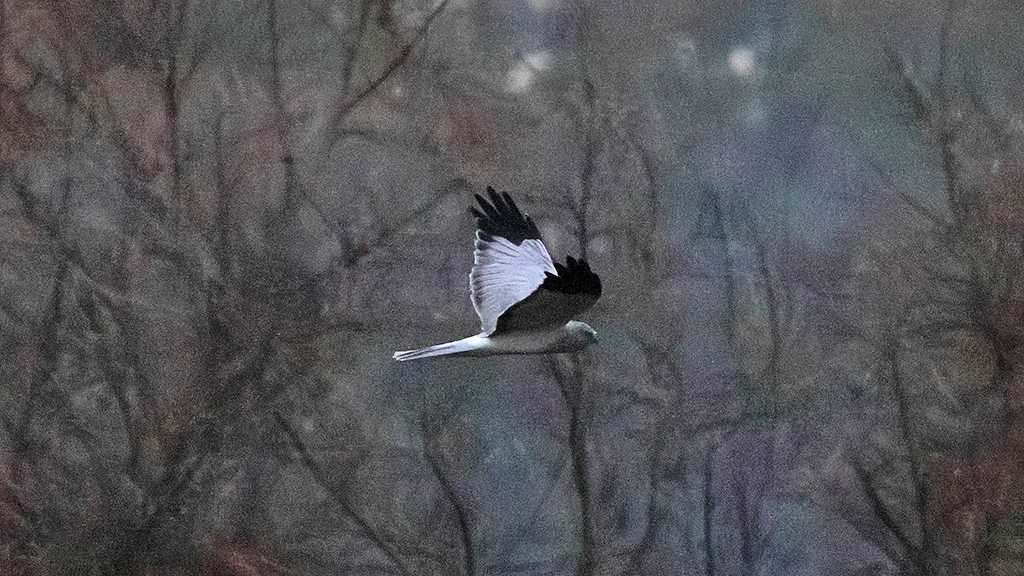Working on Wetlands
Hide repairs, jetty upgrades and reed cutting have a crews busy in autumn.
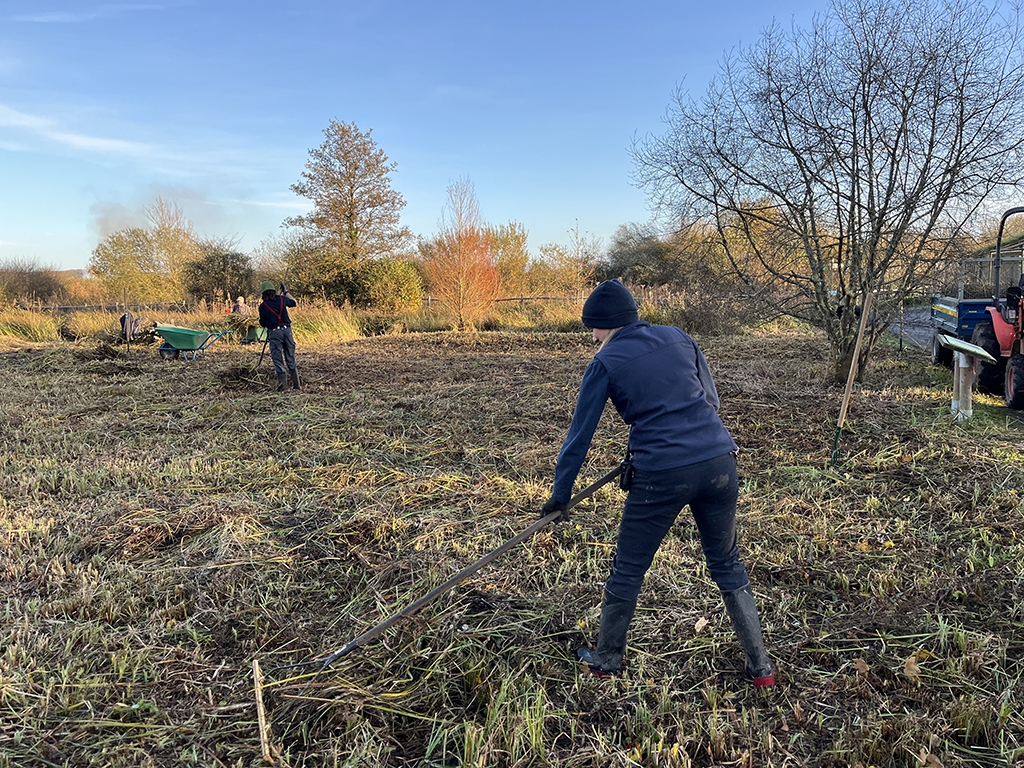
Autumn is the beginning of the busy season for our Reserve team.
As some wildlife surveys wind down, new ones begin and the cutting and hauling of plants, reeds and willow to maintain crucial habitats begins once nesting wildlife have vacated. These cuts promote biodiversity among plants and wildlife onsite.
Last Bat Survey
On October first our Reserve team finish up their seasonal bat surveys. They counted 47 pipistrelles in our bat boxes. All three types of pips have been recorded at WWT Arundel, common, soprano and Nathusius' pips. Most common here are, well, common pips and soprano pips.
A single pipistrelle can eat thousands of tiny insects in just one night flying along the hedgerows, and still only weigh about 5 grams. Soon the pipistrelles will hibernate singly or in small numbers in crevices of buildings and trees, and in bat boxes.
Owl Box Install
In early October The Reserve Team installed a new owl box. This box replaced a disintegrating wooden owl box on top of a pole on the island of the Wetlands Discovery area. Former Reserve Manager Paul Stevens (tall Paul) come in to lend a hand which worked out well. The nest box favoured by our regular pair of nest barn owls in spring is still in good repair and doesn't need replacing. Both boxes are used by roosting barn owls and roosting birds in autumn and winter. Even Kevin the kestrel has been seen in one before!
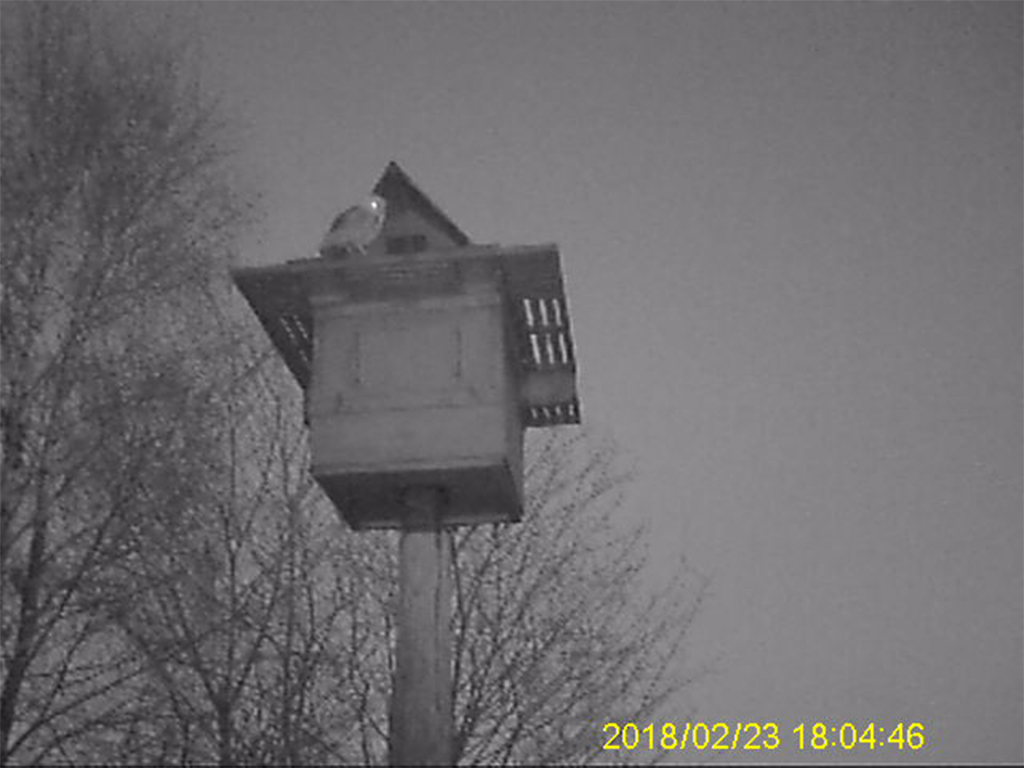
Sand Martin hide
The render on and around the Sand Martin hide had been failing in spots for a few years and this summer we lost a big chunk near the entrance. We had to close the hide for a few days in early October for the repairs and now the hide looks like a sand bank once more! It has been challenging to complete this work, as the windows of opportunity were very small! Contractors could only do this at the beginning of autumn or the beginning of spring – all being weather and sand martin movement dependent! Thanks for your patience with recent area closures onsite to allow us to complete necessary work.
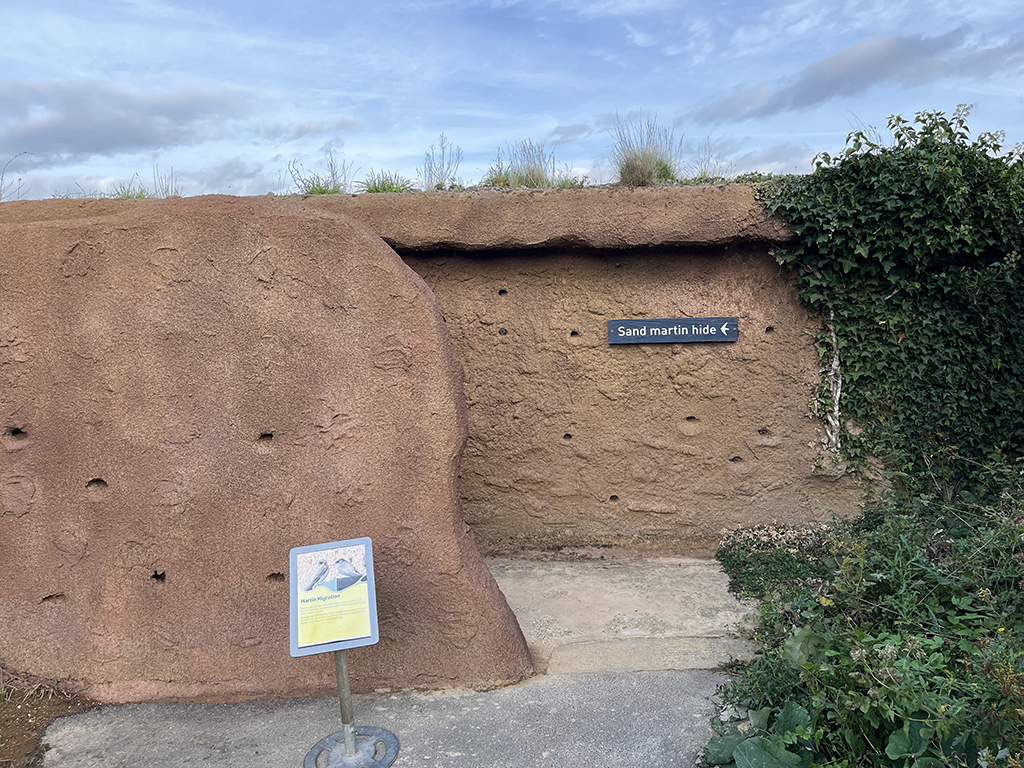
Cutting crew commences
In autumn the Reserve staff and volunteers begin our main habitat management works. This can involves noisy brush cutters and chainsaws at times. We try to limit disturbances but this noise is necessary in order to maintain these crucial habitats.
The cut began in the Wetland Discovery area with cuts on the islands. You may have spotted the temporary bridge we install for staff access across the water if you had been on a boat trip recently. The cattle are still helping to clear the wet grassland with their chewing but soon this will be cut in spots as well for the benefit of lapwing who try to nest their in spring. A section of reedbed will then be cut in winter, this is done on a rotating basis. Wetland plants grow, well, like weeds and by summer its hard to tell where the cuts happened at all!
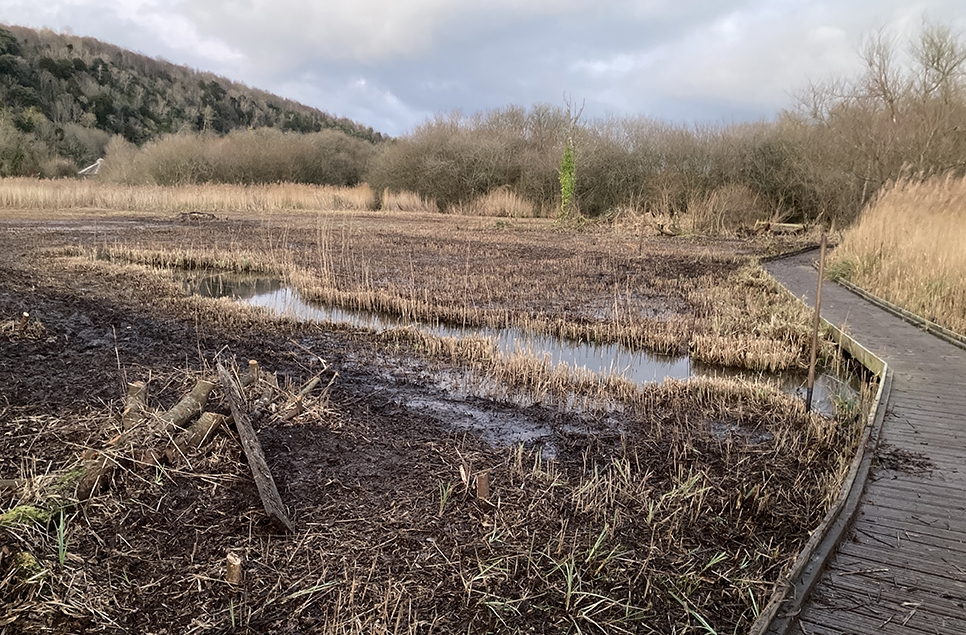
.
